You’re in bed, your muscles relaxed, and your mind starting to drift—and suddenly, your whole body jolts awake. It feels like falling off a cliff, or maybe just a sharp twitch in your leg. For a moment, you’re startled. What just happened?
If that rings a bell, you’re not the only one. This occurrence—a hypnic jerk, sleep start, or an abrupt muscle spasm in sleep—is more prevalent than you might think. Although it might be startling, it’s usually entirely safe.
Let’s break down what jerks are, what leads to them, and when to worry.
Read More: How a Simple Mouth Tape Hack Can Improve Sleep and Reduce Snoring
What Are Hypnic Jerks?
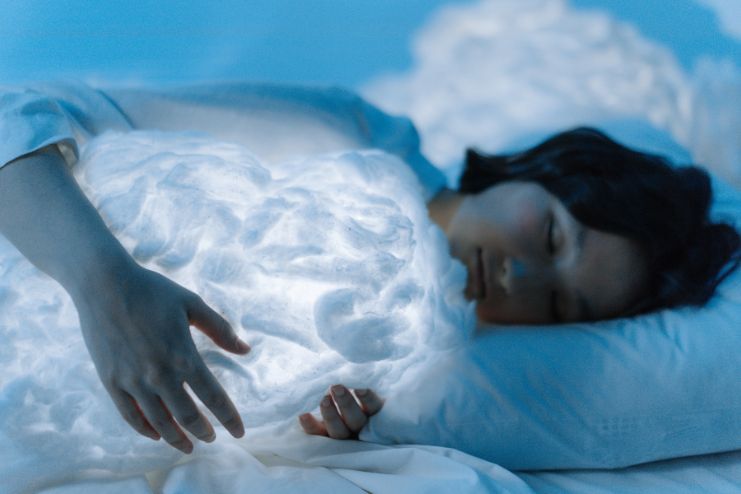
A hypnic jerk, or a sleep start, is an abrupt, involuntary muscle twitch that occurs as you’re drifting off to sleep. It typically occurs during the hypnagogic stage, which is the period between wakefulness and sleep.
These jerks can occur in your arms, legs, or whole body, and are strong enough to wake you up. They usually accompany a feeling of falling, a flash of vision, or even a fleeting sense of panic. Scientists classify this as a type of sleep onset myoclonus, a movement that happens at the onset of sleep.
Read More: How to “Rewire” Your Sleep Schedule in Just One Weekend
What Causes Hypnic Jerks?
Though little is known about hypnic jerks, it is believed that they are caused by a brain-body disconnect during slumber. While your muscles become relaxed and your brain waves decrease, there’s a temporary breakdown in communication between your motor system and your sleeping centers.
This is what is possibly occurring:
- The nervous system is “shifting down” from an aroused state to one of restfulness, which possibly sends out a false signal.
- The brain misinterprets muscle relaxation as a sign that you’re falling, prompting a reflex to jerk awake and prevent injury.
Some researchers believe it’s an evolutionary survival mechanism—a leftover reflex from our tree-dwelling ancestors who needed to avoid falling while dozing in branches.
Common Triggers and Risk Factors
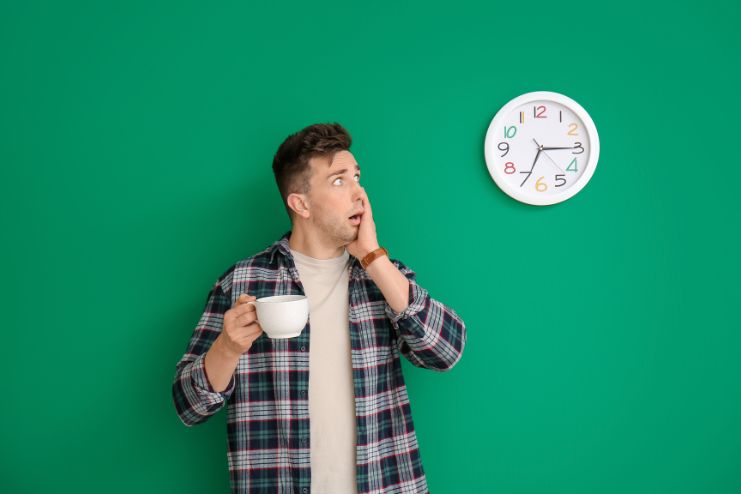
While hypnic jerks can happen to anyone, certain factors can make them more frequent or intense:
- Caffeine and stimulants close to bedtime can overstimulate the nervous system.
- Stress and anxiety increase muscle tension and alertness, making it harder for your body to wind down.
- Sleep deprivation and irregular schedules disrupt the body’s natural rhythms and increase vulnerability to spasms.
- Heavy exercise later in the day can put muscles in a state of heightened readiness.
- Some drugs, such as antidepressants or stimulants, can change levels of neurotransmitters and thereby influence the way the nervous system moves smoothly into sleep.
Read More: How Magnesium Glycinate Could Be the Missing Key to Deeper Sleep
How Hypnic Jerks Feel
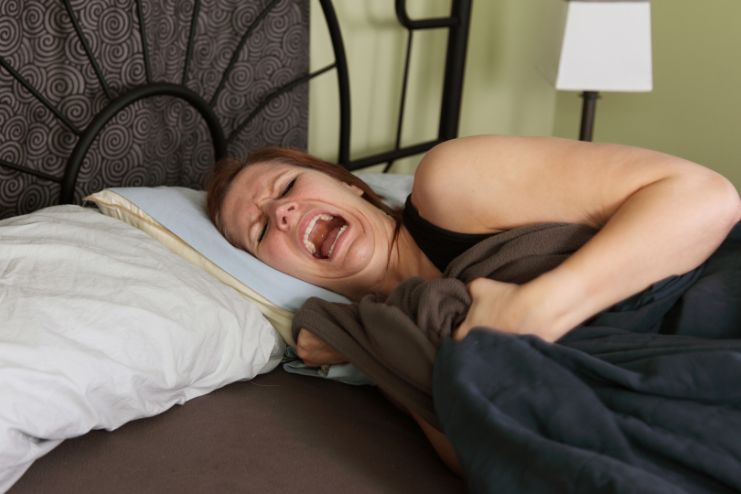
For some, it’s a faint twitch; for others, it’s a dramatic body spasm. During a hypnic jerk, you may feel:
- A brief muscle spasm in the legs, arms, or chest
- A feeling of falling or plummeting through space
- Visual effects such as flashes of light
- A shock of fear or panic, followed by wakefulness
While most people fall right back asleep, others find it startling enough to postpone rest, particularly if it occurs frequently.
Are Hypnic Jerks Dangerous?
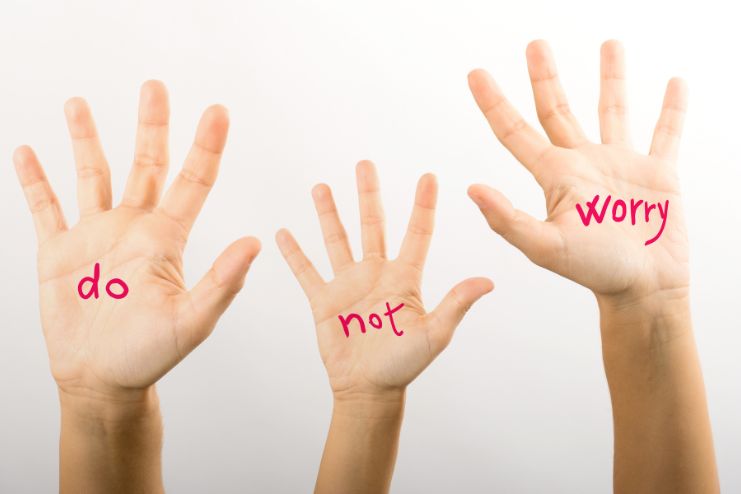
In general, hypnic jerks are harmless. They’re just a normal function of the body as it drifts off to sleep and have no other sign of medical concern. If, however, they are occurring constantly and are disrupting your sleep pattern, then further investigation is a good idea.
Hypnic jerks occasionally might be confused with:
- Sleep seizures (which are more regular and generally accompany other signs and symptoms)
- Restless leg syndrome, in which there is a constant need to move the legs
If your jerks are persistent, disruptive, or associated with other neurological symptoms, see a healthcare provider.
How to Reduce Hypnic Jerks
You don’t have to live in terror of bedtime. Some easy lifestyle changes and tips can reduce the occurrence of hypnic jerks:
- Maintain a regular sleep schedule: Bedtime and wake-up time should be the same every day to facilitate a smooth transition to sleep.
- Avoid caffeine, alcohol, and heavy meals at night: These tend to overstimulate the nervous system or postpone deep sleep.
- Practice relaxation strategies at bedtime: Gentle stretching, deep breathing, or meditation can help you wind down before sleep.
- Reduce screen time before bed: Blue light interferes with melatonin production and activates the brain.
- Establish a relaxing sleep environment: Your bedroom should be cool, quiet, and dark to facilitate natural sleeping cycles.
When to See A Doctor
Although nighttime hypnic jerks are common, you should consult a doctor if:
- They occur nightly and significantly interfere with your sleep
- You have other symptoms, such as memory problems, confusion, or nighttime twitching
- You have a history of neurological conditions or other sleep disorders
A sleep specialist might order a sleep study or neurological testing to exclude underlying causes.
Final Thoughts
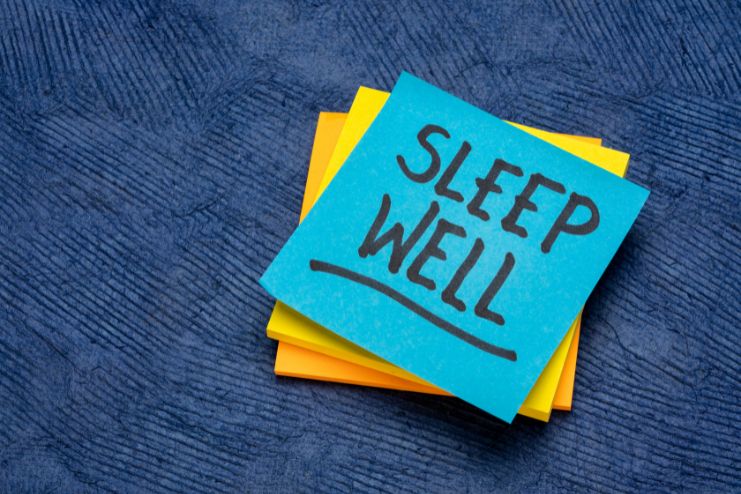
Hypnic jerks are odd, sudden, and occasionally startling—but perfectly normal. They’re a common aspect of the human sleep cycle and typically reflect how your body adjusts with the process of falling asleep.
Most often, they’re caused by things such as stress, caffeine, or sleeping patterns, not some underlying condition. A few adjustments to your bedtime routine can minimize them, allowing you to sleep peacefully without the surprise jolt.
So the next time you’re jolting awake when falling asleep, just remember: your body’s just doing its thing—no need to panic.
References
- https://www.onlymyhealth.com/what-deficiency-causes-hypnic-jerks-expert-shares-tips-to-manage-12977823570
- https://www.happiesthealth.com/articles/sleep/hypnic-jerks
- https://pmc.ncbi.nlm.nih.gov/articles/PMC10590197
- https://www.happiesthealth.com/articles/sleep/hypnic-jerks
- https://en.wikipedia.org/wiki/Hypnic_jerk
In this Article




















